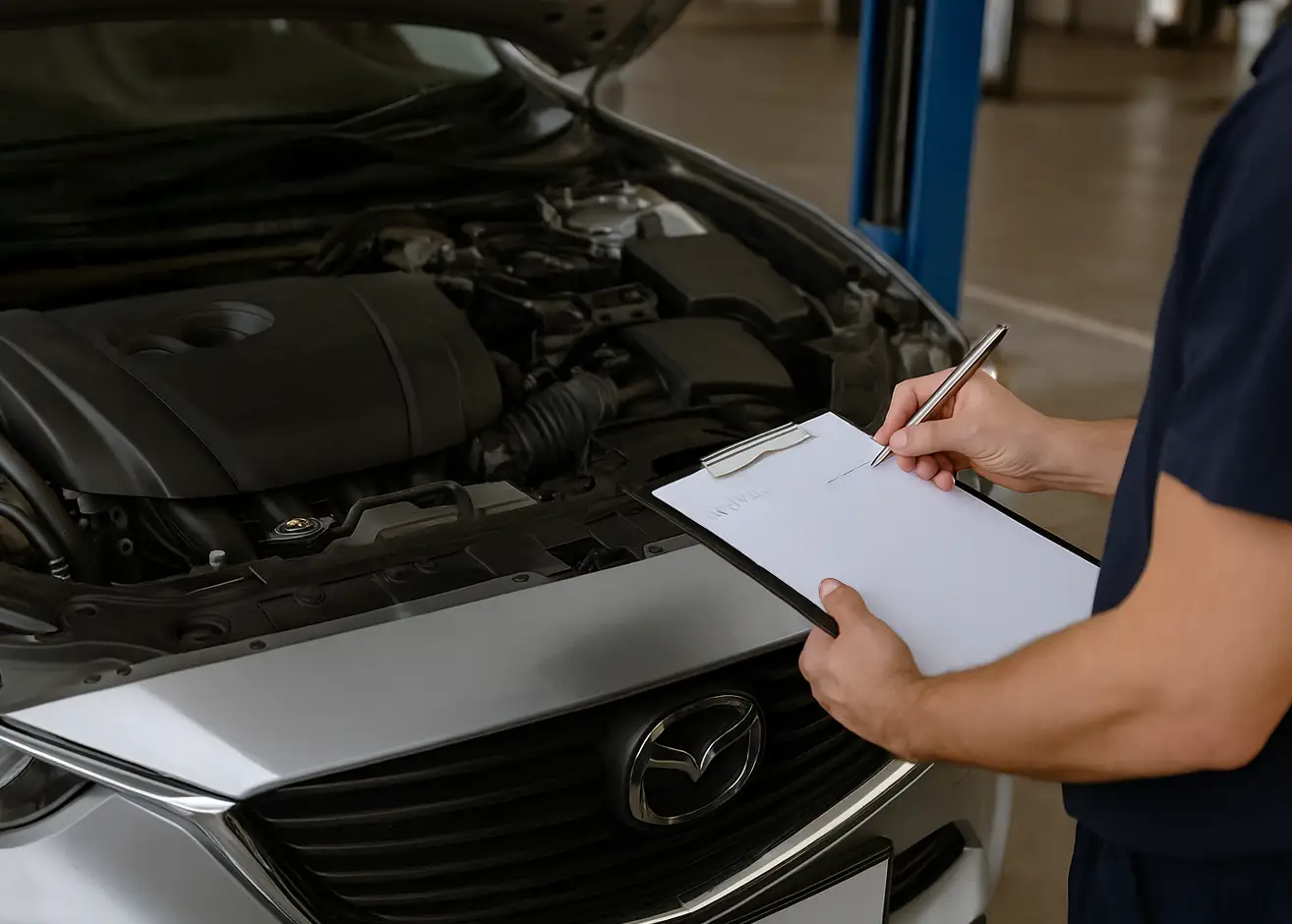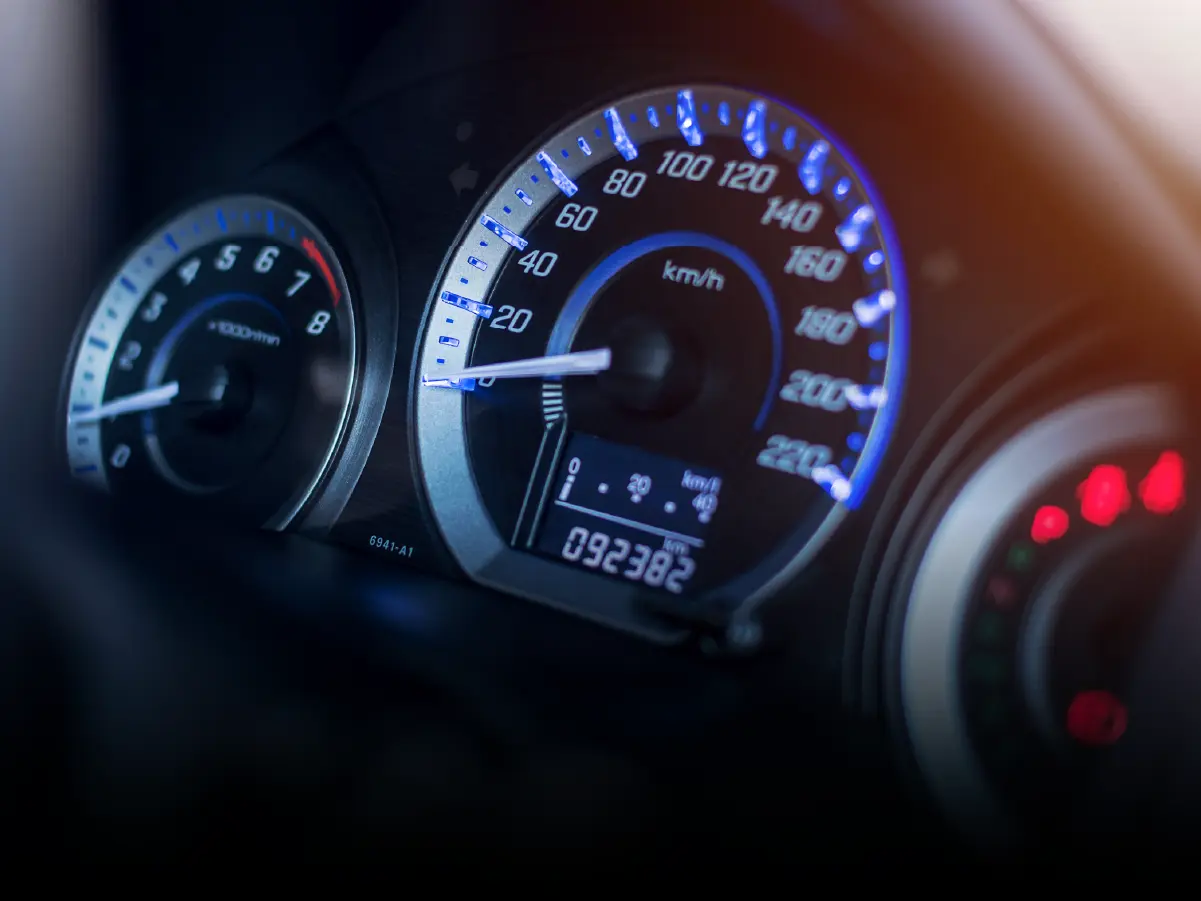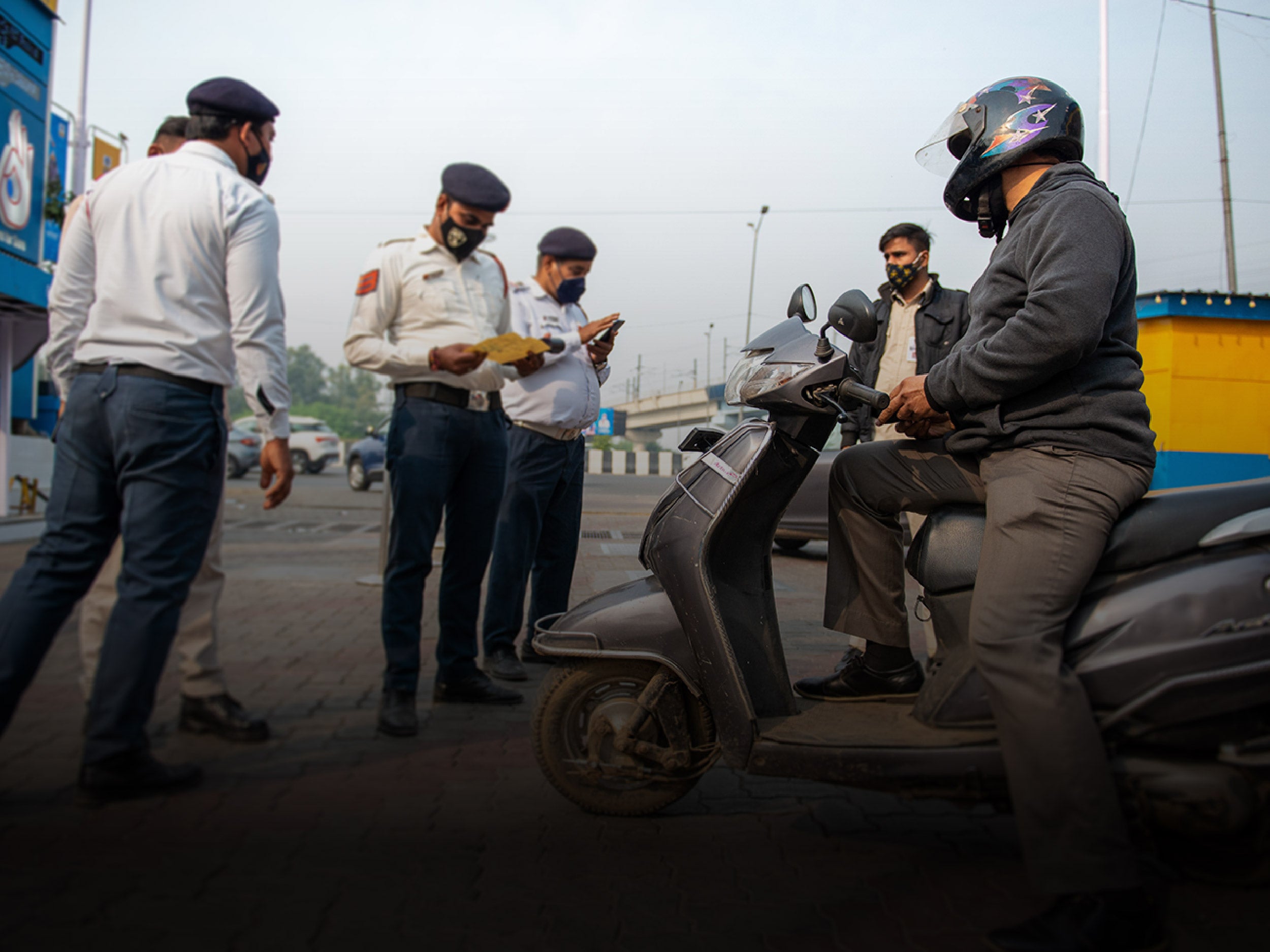

5 Hidden Problems We Commonly Find in Used Cars Through Used Car Inspections
- 1A clean engine bay may hide oil leaks and sensor faults underneath
- 2Uneven tyre wear and steering issues signal alignment problems
- 3Paint thickness checks can reveal hidden accident repairs easily
- 1. Hidden Engine Issues
- 2. Worn-out Suspension Disguised by Smooth Roads
- 3. Tyres and Wheels Hiding Bigger Problems
- 4. Electrical Gremlins Hiding in Plain Sight
- 5. Panel Gaps, Paint Mismatches and Signs of Accidents
- A Few More Red Flags We Usually Find
- Final Thought - How an Independent PDI Gives You an Upper Hand
Buying a used car that looks clean and runs well on the test drive might feel like a great deal, but looks can be deceiving. Just because a car appears “like new” doesn't mean it is free of hidden issues. Many buyers fall for the shine and miss out on deeper, underlying problems that only come to light later, often when it’s too late.
That’s where a detailed Pre-Delivery Inspection (PDI) plays a huge role. Whether you’re buying from a dealership or a private seller, an independent PDI helps you uncover what your eyes (and even the seller) might miss. Here are five common issues we’ve found during our inspections that could cost you dearly if ignored.
1. Hidden Engine Issues
Even if the engine sounds fine when idling, a quick look under the bonnet or a test drive around the block won’t always reveal everything. Our inspections have caught serious engine problems like:
- Misfiring and ignition coil issues
- Malfunctioning oxygen sensors and faulty EGR valves
- Slow oil leaks or a leaking head gasket
- Inconsistent engine performance due to fuel injector trouble
- Check engine light errors that were recently reset
- Engine overheating masked by a cool morning start
These problems are common in high-mileage cars or ones that have been serviced poorly. A diagnostic scan can flag engine error codes even if the dashboard looks clear, saving you from future repair bills that can easily run into thousands.
2. Worn-out Suspension Disguised by Smooth Roads
India’s roads aren’t always kind to cars, especially in cities with heavy traffic or areas with broken roads and speed breakers. The suspension takes a beating, and problems begin to surface after 40,000 to 50,000 km. Some cars we’ve inspected had:
- Leaking shock absorbers or completely dried-out dampers
- Ball joints and control arms with excessive play
- Aftermarket suspension kits of low quality fitted by previous owners
- Spring cracks or unsafe welds on structural parts
These issues are often invisible unless you’re driving on uneven terrain, or unless a trained eye checks them during a PDI. Left unchecked, they not only affect ride comfort but also put your safety at risk.
3. Tyres and Wheels Hiding Bigger Problems
Buyers often overlook tyres, but they can tell a full story if you know what to look for. It’s not just about tread depth. Here’s what our experts usually find:
- Uneven tyre wear due to alignment issues
- Heavily misaligned camber or caster angles
- Bent steering arms or worn wheel bearings
- Cheap tyres with old manufacturing dates
- Wobbly handling caused by unbalanced wheels
Many sellers simply swap in a new tyre set without addressing the root problem, like bad alignment or a bent axle. These tyre-related flaws often go undetected without a proper suspension and wheel inspection.
4. Electrical Gremlins Hiding in Plain Sight
Modern cars have a lot more wiring and electronics than before, and even a small fault can lead to annoying (and expensive) repairs. Here are a few issues we’ve spotted:
- Faulty power windows that work only part-time
- Blown relays for horns, wipers or radiator fans
- Dim headlights caused by grounding issues
- AC switch panels that stop responding intermittently
- Old or brittle wiring due to improper DIY upgrades
Sometimes the previous owner may have done aftermarket installations, like a music system, security alarm or reverse parking sensor, without proper fitting. These can drain the battery or short-circuit other components. A detailed electrical check during PDI helps avoid all that.
5. Panel Gaps, Paint Mismatches and Signs of Accidents
This is where many buyers get tricked. Just because a car has a shiny finish doesn’t mean it hasn’t had bodywork done. Here’s what we check:
- Slight differences in paint thickness (using a paint meter)
- Non-factory paint touch-ups or poorly done resprays
- Uneven panel gaps around the bonnet or doors
- Bumper and headlamp misalignment, often after a crash
- Signs of rust under new paint (common in flood-damaged cars)
A seller may honestly claim “no accident history,” but without tools and training, it’s easy to miss these signs. PDI ensures you don’t unknowingly buy a car that’s been in a serious collision or one with concealed body repairs.
A Few More Red Flags We Usually Find
Apart from the five major checks above, here are a few smaller, but still important, things that often come up:
- Faulty or non-working odometers
- Missing spare wheel, tools or original parts
- Faded buttons or worn-out interiors despite low mileage
- Noise from the clutch or gear shifting problems
A professional inspection not only spots these but also helps you negotiate better with facts on your side.
Final Thought - How an Independent PDI Gives You an Upper Hand
While sellers may offer their own basic PDI, an independent inspection is more thorough, transparent, and unbiased. It’s not just a checkbox process, it’s your insurance against buying someone else’s problem.
At CARS24, our detailed inspections combine mechanical checks, diagnostic scans, suspension tests, and accident assessments to give you the full picture. That way, you know exactly what you’re buying.
So before you get swept away by that shiny bonnet or smooth test drive, take a step back. A PDI might just be the smartest money you’ll spend before finalising your next used car.
Frequently Asked Questions
Expand all





























